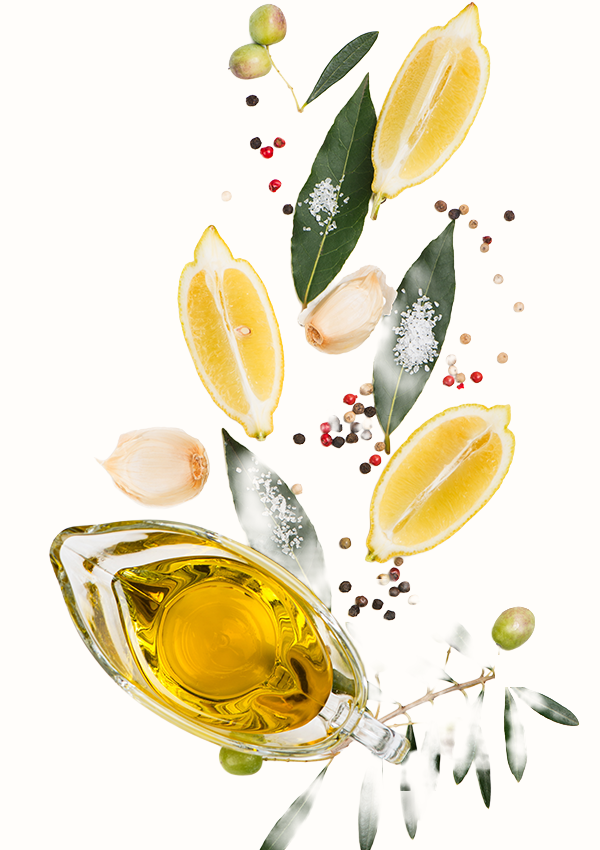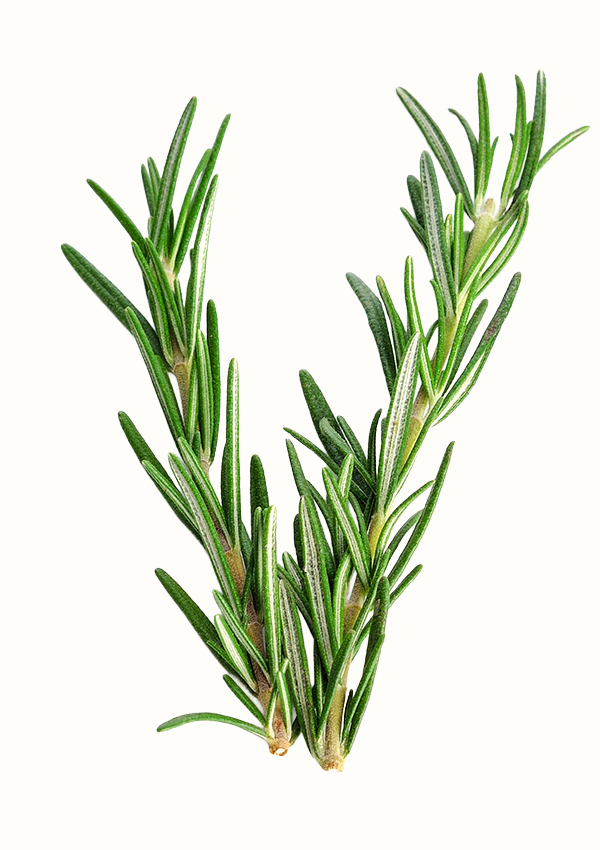Our Formulas

chemotyped aromatherapy
Aromatherapy: from the Greek “aroma”= scent+ “therapeia” = healing, described in 1935 by Dr. Gattefossé.
Chemotype: precise chemical identification of an organism. The certificate of guarantee that discloses the real chemical content of a plant.
APoEM’s aromatherapy uses the properties of chemotyped essential oils to re-establish equilibrium, harmony, and inner balance.
Aromatherapy has been scientifically linked to the production of endorphins, which are responsible for improving stress and depression, to equilibrate body and mind.
The essential oils of APoEM are chemotyped and of therapeutic grade, which ensures a correct psycho-neurosensory stimulation.
bio-plasma phytotherapy
Phytotherapy: from the Greek “fyton” = plant, and “therapeia” = therapy.
Bio-Plasma: Bio-active broth enriched with secondary metabolites derived from the culture of vegetal cells.
APoEM’s selected phytotherapy rescues the Mediterranean herbs and botanical extracts transforming them by a sophisticated biotech process with the only aim of improving the skin’s condition.
This broth is a result of a slow and natural transformation in which vegetal cells grow and produce micro-substances thanks to controlled stimuli. The substances include flavonoids, carotenoids, enzymes, vitamins, glycosides, and minerals that have an enhanced bioavailability for the skin. These ingredients are the catalysts of important skin processes involved in the protection, repair, and reinforcement of the skin barrier.
The phytoplasma of APoEM is carefully selected according to the chemotype of the essential oils to which they are paired, in order to treat the deficiencies and to reinforce the specific needs of each skin type and concern.


Myths & Facts of Natural Skincare
• Certification: “Natural” certification usually means ≥95% natural—not fully natural, as many consumers believe.
• 100% Natural: Refers to raw materials being natural at the start; the final product may be less natural after processing. A product can start 100% natural but end up only ~50% natural.
• The Grey Area: Consumers often lack info on how processing affects naturalness.
• A New Standard: An ISO standard now defines naturalness in finished products, making the exact percentage transparent.


